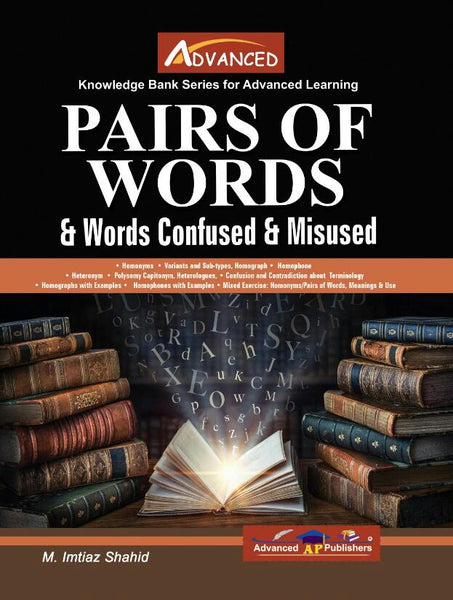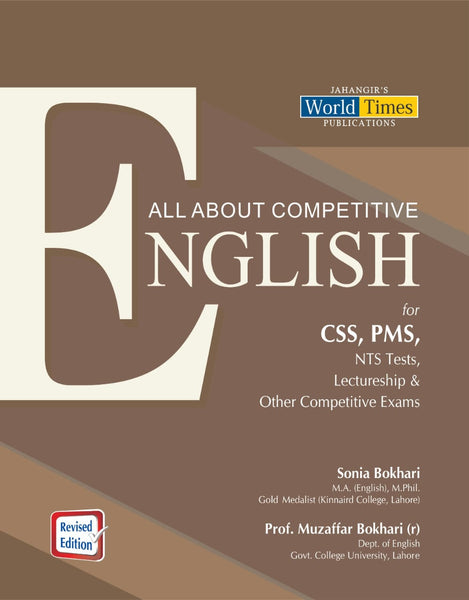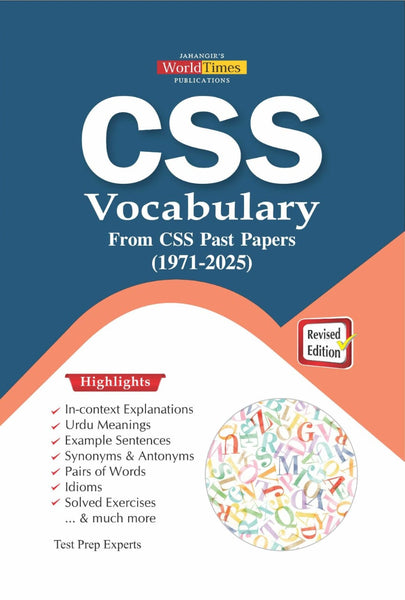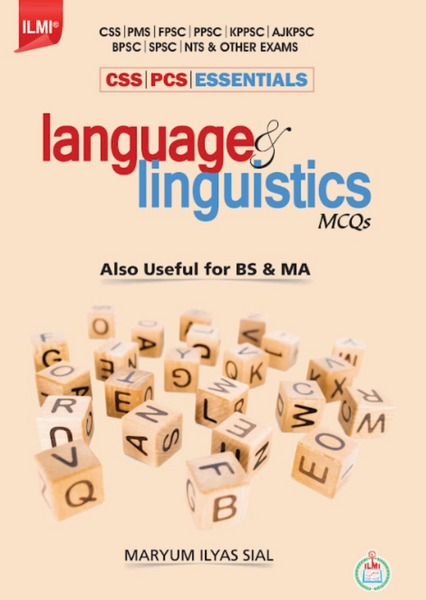A Passage to India by E.M. Forster – Kitab Mahal
- Publisher: Kitab Mahal (Pvt) Ltd , KM
- Availability: In Stock
- SKU: 25056 R1 0282
Rs.340.00
Tags: 20th-century literature , British and Indian relations , British Raj , BS , character analysis , character development , character relationships , classic novels , colonial impact , E.M. Forster , exploration of truth , feminist themes , historical context , interpretative frameworks , Kitab Mahal , Kitab Mahal (Pvt) Ltd , literary influences , literary legacy. , literary motifs , literary themes , modernist literature , moral dilemmas , motifs of friendship , narrative ambiguity , narrative perspective , narrative technique , Novel , religious tensions , representation of the Other , representation of women , romanticism in literature , secure shopping , setting and symbolism , Text , thematic exploration , themes of alienation , translation studies , translation techniques , travel literature , up to date , Urdu Tarjama , URDU TRANSLATION , With Urdu Translation
A Passage to India by E.M. Forster is a seminal novel published in 1924 that explores the complex social and political dynamics between the British colonizers and the Indian populace during the British Raj and the burgeoning Indian independence movement in the 1920s. The narrative centers around the experiences of Dr. Aziz, a young Indian Muslim physician, and his interactions with an Englishwoman, Adela Quested, who arrives in India with aspirations of understanding the culture and society.
Keypoints:
-
Historical Context
The novel is set in the context of British colonial rule in India, capturing the socio-political climate of the 1920s as the country moves toward independence. -
Central Characters
Key characters include Dr. Aziz, who embodies the complexities of Indian identity, and Adela Quested, who represents the British perspective and the cultural misunderstandings that arise. -
Themes of Friendship
The novel examines the theme of friendship across cultural boundaries, highlighting the challenges and barriers that colonialism imposes on personal relationships. -
Cultural Misunderstandings
Forster delves into the misunderstandings and prejudices that exist between the British and Indians, illustrating how these affect their interactions and perceptions. -
The Incident at the Caves
A pivotal moment in the story occurs at the Marabar Caves, where a traumatic event disrupts the fragile connections between the characters, symbolizing the deep-seated cultural chasm.
Conclusion
E.M. Forster’s A Passage to India is a profound exploration of the complexities of colonialism, friendship, and cultural identity. Through its rich narrative and multifaceted characters, the novel remains a significant contribution to literature, prompting readers to reflect on the enduring impacts of colonial history and the quest for understanding across cultural divides


























